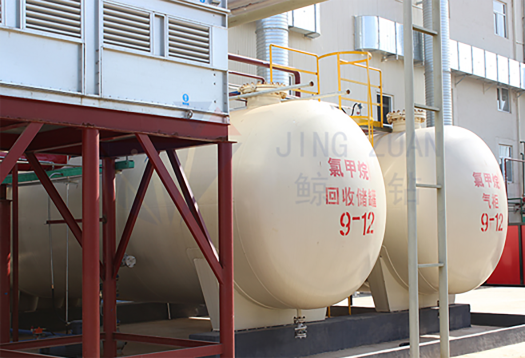
Aug . 13, 2024 15:14 Back to list
Exploring the Properties and Applications of HPMC in Pharmaceutical and Industrial Sectors
Understanding HPMC A Key Chemical in Modern Applications
Hydroxypropyl Methylcellulose (HPMC) has emerged as one of the most versatile and widely used chemicals in various industries, including pharmaceuticals, construction, food, and cosmetics. As a plant-derived polymer, HPMC is a modified form of cellulose that not only enhances product performance but also meets the growing demand for sustainable and eco-friendly materials.
What is HPMC?
HPMC is a white to off-white powder that is soluble in cold water, forming a clear, viscous solution. The modification of cellulose through the addition of hydroxypropyl and methyl groups results in a compound that boasts improved solubility and stability. This unique chemical structure gives HPMC its remarkable properties, making it suitable for various applications.
Pharmaceutical Applications
In the pharmaceutical industry, HPMC is predominantly used as a drug delivery agent and excipient. Its rheological properties allow for the controlled release of medications, ensuring that active ingredients are delivered at the right dosage and over a sustained period. HPMC is often utilized in the formulation of tablets, capsules, and gels, where it acts as a binder and thickening agent. Additionally, its biocompatibility ensures safety when used in drug formulations, making it a trusted choice for pharmaceutical manufacturers.
Construction Industry
HPMC has also carved out a significant role in the construction industry, particularly in the formulation of cement-based products. As a water-retaining agent, HPMC helps improve the workability of mortars and plasters, allowing for longer working times and enhanced adhesion. This polymer plays a crucial role in preventing cracking and shrinking in dried cement mixtures. When added to tile adhesives, HPMC enhances their performance by providing better adhesion and flexibility, which is essential in various construction applications.
hpmc chemical

Food Industry
In the food sector, HPMC serves as a thickening and stabilizing agent. Its inclusion can improve the texture and mouthfeel of products, making it a popular choice in sauces, dressings, and dairy products. Since HPMC is derived from cellulose, it is considered a non-toxic and safe ingredient for consumption, which is a significant advantage for food manufacturers looking to provide healthier options. Additionally, it can act as a fat replacer, making it beneficial in low-fat product formulations without compromising taste.
Cosmetic Applications
HPMC finds its way into the cosmetic industry as well, where it is used as a thickener and emulsifier in lotions, creams, and gels. Its ability to improve the viscosity and texture of cosmetic formulations enhances the overall user experience. Moreover, HPMC is often used in sunscreens and moisturizing products for its film-forming properties, which help protect the skin while providing hydration.
Environmental Considerations
As consumers become more environmentally conscious, the demand for natural and biodegradable ingredients has surged. HPMC, being derived from cellulose, meets these criteria, making it an appealing choice for manufacturers aiming for sustainability. Its biodegradable nature and non-toxic profile align with global efforts to reduce plastic waste and promote eco-friendly practices.
Conclusion
HPMC is a remarkable chemical that has established itself as an essential ingredient across various industries. Its versatility, combined with its safety and environmental benefits, makes it a preferred choice for manufacturers looking to enhance product performance while adhering to sustainable practices. As research and innovation continue to evolve, HPMC’s applications are likely to expand, solidifying its position as a key player in modern chemical formulations.
-
Versatile Hpmc Uses in Different Industries
NewsJun.19,2025
-
Redispersible Powder's Role in Enhancing Durability of Construction Products
NewsJun.19,2025
-
Hydroxyethyl Cellulose Applications Driving Green Industrial Processes
NewsJun.19,2025
-
Exploring Different Redispersible Polymer Powder
NewsJun.19,2025
-
Choosing the Right Mortar Bonding Agent
NewsJun.19,2025
-
Applications and Significance of China Hpmc in Modern Industries
NewsJun.19,2025







